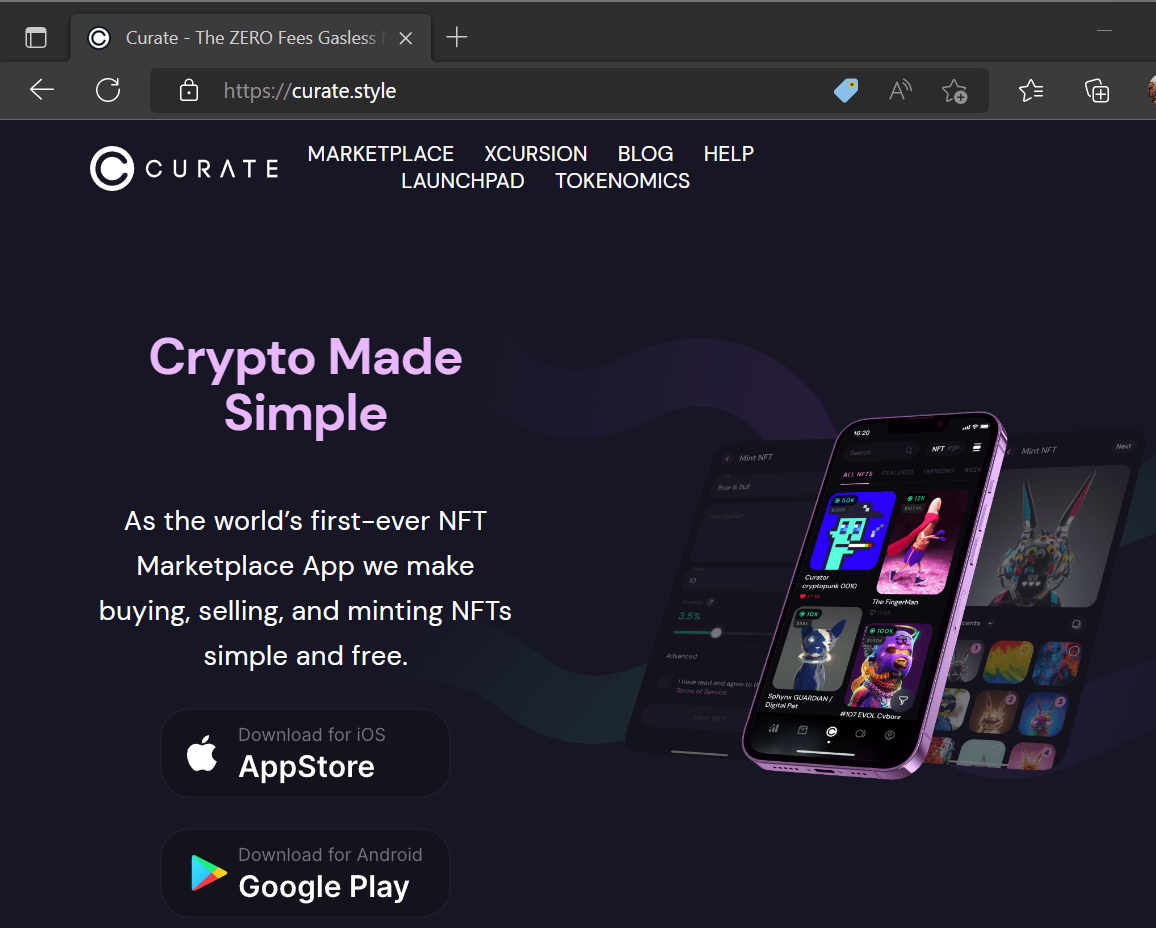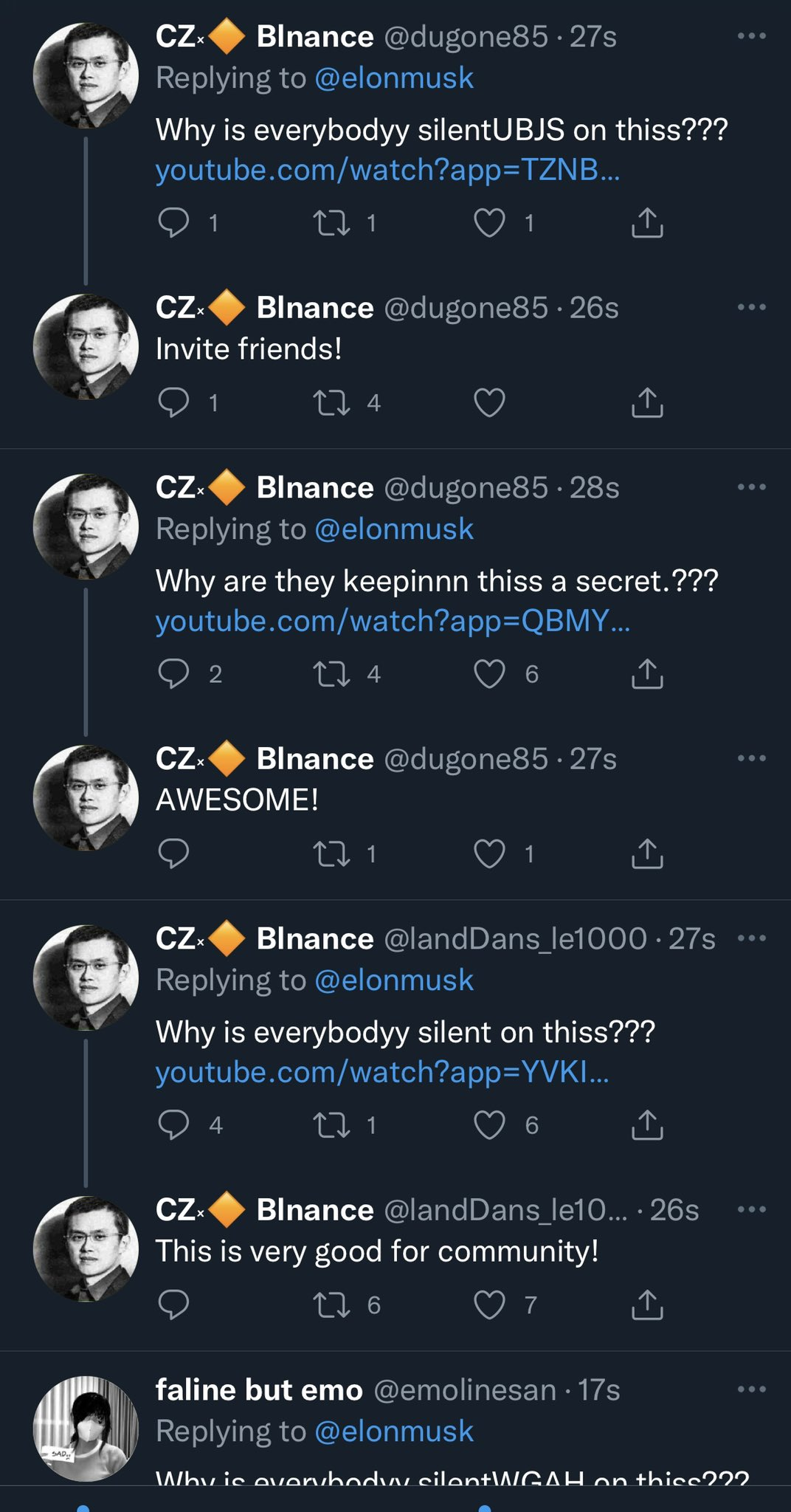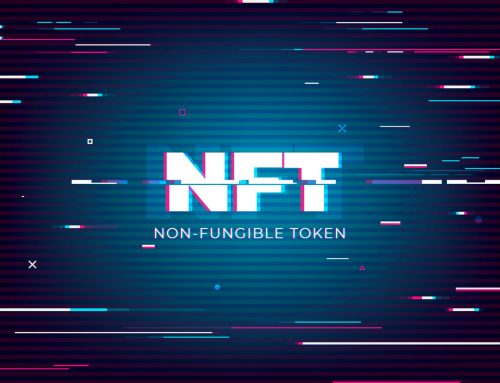This article will help guide you on how to spot fake NFTs within the ever-changing NFT space. We analyze Real vs Fake, Artist Identity, Metadata, Websites, and Social Media information.
These tips will help you distinguish between an authentic collection and an NFT scam.
Introduction
Do you remember the first time you purchased an NFT? I’m sure several thoughts were floating through your mind.
If you are thinking that the NFT collection moons, I’ll never have to work again. Let’s say I’m wrong and you love the euphoria of owning a piece of digital art and decided to be an NFT collector.
Whatever your story, you’ve fallen into the weird and wonderful world of NFTs.
Get Some Knowledge!
An NFT is a non-fungible token and for context, it can be almost anything that is digital and unique. An NFT exists on the blockchain and does not have any identical copy.
Any fiat banknote (£, $, etc.) is a fungible token, meaning it has many copies and can also have the same monetary value.
I’m asked time and time again, “why are some of these jpegs so expensive, I can right-click and save as!”
I answer with, Leonardo da Vinci’s painting of the Mona Lisa is one of the most iconic pieces of art on the planet. There is one original painting and thus unique, valuable, and sought after. The same applies to certain NFTs in this space.
A prestigious NFT project like Board Apes or Crypto Punks will have many copycat projects trying to piggyback off the hype.
The unpredictable NFT market can provide huge gains but can also vanish in a moment. The loss can and has left many with a worthless digital asset that no NFT buyers will buy on the secondary market.
Value is in the eye of the beholder. A growing number of people see value in NFTs and their expanding utility.
It is important to find a good NFT marketplace that has good verification measures. Verification should be in place to check each NFT creator, their NFT art, and in some cases, social media.
Stopping a fake account that provides fake copies is one step in protecting NFT buyers.
People buy NFTs for various reasons such as:
- Flipping the NFT for profit
- Purchasing the NFT out of recognition for the art or utility
- Integrating themselves within the exclusive community that comes with the NFT
- Display their growing collection within a metaverse gallery
Real vs Fake
I couldn’t tell you the % of real vs fake NFTs out there but I know there are too many to count.
I’m sure some reading this have been either rugged or purchased a fake copy by mistake. It’s a horrible feeling especially if you spend some serious dollars!
An important aspect in spotting a fake project or fake NFT is to DYOR (Do Your Own Research) before you buy. Identify what gives the NFT authenticity and value before connecting your crypto wallet.
There can be some serious Fear Of Missing Out (FOMO) surrounding NFT projects. When buying, it’s important to stay grounded, never to trade when emotional, and to make informed investment decisions.
Some key techniques in combating fake NFTs and projects are to:
- Know the artists’ names and identify impersonators
- Recognize fake NFT offers or pre-sales around project launch
- Examine metadata on the blockchain
- Analyze legitimate and fake websites
- Pin-point the real artists’ social media account
- Follow authentic links to their NFT collection
Artist Identity
If you’ve been living under a rock for the past few years, allow me to describe why Artist identity is an issue.
Proving authenticity on social media can be challenging without a verified tick. It’s important to check the usernames, websites, and live AMAs (Ask Me Anything) the artist is hosting.
A word of caution, beware of accounts that you have to pay to access.
Fake Pre-sales and Project Launches
Many of us receive daily NFT scams trying to build interest and get you to spend your crypto. One should be skeptical of projects or channels that add you to groups and send direct messages (DMs).
A few tips would be to:
- Maintain reform when added to groups and don’t FOMO into anything.
- Do Your Own Research (DYOR) on their website, Twitter, Discord, and Telegram.
- Cross-check links and usernames before buying into pre-sales or project launches.
- Research before connecting your external wallet (Metamask Wallet or similar) to any website. This can result in hidden access to your cryptocurrency wallet and lead to digital assets and NFTs being stolen.
- Get involved with the community and report any NFT Fraud accounts to keep others safe.
- Always remember, 99% of project admins/influencers will never Direct Message (DM) you.
- If the information the project is releasing doesn’t add up, stay clear and proceed with caution.
Metadata Examination
Examining metadata on the blockchain sounds complicated and is usually reserved for tech-savvy developers. The truth is, anyone can see the NFT’s metadata within its host blockchain.
There is one real way to distinguish between a real and fake NFT using metadata; this is through the ‘source address location’ on the blockchain.
Ethereum, Solana, Cardano, etc. are all networks where NFTs and metadata live. The NFT metadata shows many other items that can help with verification. This includes:
- Transactional history which shows a record of ownership
- Location and date of the minted NFT
- Contract address.
Take note of the contract address where the authentic NFT collection was minted when looking to buy.
When viewing the collection on any platform, take note of the sales value of the collection. Real and popular collections will have a high amount of ETH (e.g. 100 ETH) or SOL etc. for the total collection value.
This may not be the case with a new collection or project launch so be sure you check the other factors beforehand.
Fake vs Real Websites
Phishing scams is big business and the Crypto industry has its fair share of fake NFT marketplace websites. These sites may try to gain access to your private key or personal information and here are some tips to check authenticity:
- The Favicon – The tab can display any icon chosen by the imitation website.
- The Domain Name – This is the website URL and no two addresses can be identical. It helps to know the correct URL so you can spot spoof websites.
- File Path – Same as above.
- Web content area – This area can be customized to anything the scammers want. Good imitations can fool even the best user.
Areas to look out for are the quality of icons, graphics, and logos on the website. The attacker may not have genuine company content and as a result, the graphics may lack clarity.









Social Media Accounts
Nowadays, artists have turned towards digital and instant methods of communication. Social media is the chosen method for announcements, airdrops, NFT giveaways, and project pre-launch information.
I would expect responsible investors to research the artists:
- Social media accounts on all platforms
- Authenticity
- Community size, and engagement.
Some of the most popular platforms in the NFT space are:
- Telegram
- Discord
Always check the following:
- Username – ‘@example’.
- Verified tick – If fortunate enough to have one.
- Spelling – Comments can have spelling mistakes
- Links – be cautious with any links provided
- Promises – If it sounds too good to be true, it often is.
Real Account
Fake Accounts

Closing Thoughts
The NFT community is the best defense when spotting common NFT scams or a counterfeit NFT collection. There is no official criteria to define illegality, authenticity, or protection for NFT Buyers.
Follow the advice of the key community members, DYOR, and never FOMO into projects. At the end of the day, nobody wants to experience a rug pull scam and expensive worthless jpegs.





